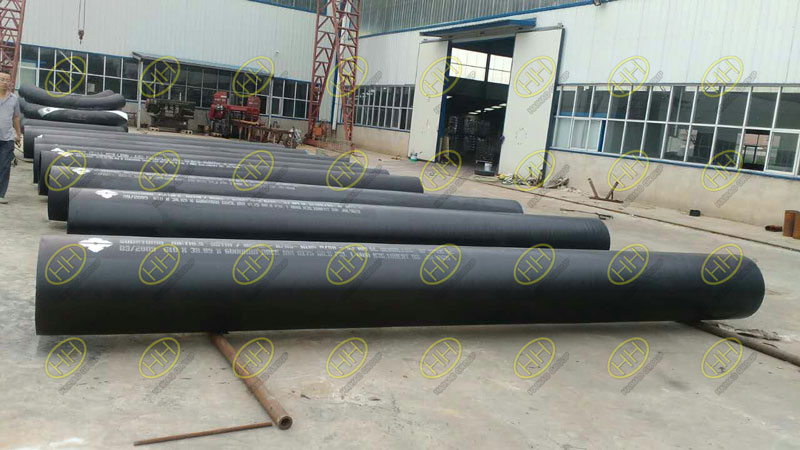Seamless steel pipe is more boring and stricter in the production process. Seamless steel pipe is one of the most important steel pipes. It is necessary to carry out repeated tests in the process of production, to develop and produce, to make the performance of the pipe and the use of seamless steel pipe, and to make the best use of its various applications and to make use of engineering and processing. The seamless steel pipe in the development and production process is to carry out some tests, here is mainly to explain the flatting test, is a seamless steel tube factory physical and chemical workroom for seamless steel pipe research, a more important test. What are the common methods and steps for testing?
The flattening test is designed to test the ultimate plastic deformation capacity and collapse deformation of seamless steel tubes under given conditions without crack defects. The principle is to apply the length of seamless steel tube to the specified length of the sample or seamless steel pipe end. According to the pressure, the distance between the two pressing plates under the action of force can reach the value stipulated in the relevant product standards.

ASTM A106 API 5L seamless steel pipes
First, the smooth sample
1.Samples are cut from any part of seamless steel pipe by visual inspection. The sample shall be the full load pipe part of the pipeline product.
2.The sample length should not be less than 10mm, but should not exceed 100mm. Allow the edge of the sample to be rounded or chamfered with yttrium or other methods. Note: if the test results meet the test requirements, the fillet or chamfer can not be made on the edge of the sample.
3.If you want to test the end of the full-length pipe, please cut along the length of the pipe along the longitudinal axis of the pipeline. The cutting depth should be at least 80% of the outer diameter.
Second, test equipment
The test can be carried out on universal testing machines or pressure testing machines. The test machine should be equipped with two parallel upper and lower pressure plates. The width of the parallel pressboard should exceed the width of the flat sample, that is at least 1.6D. The length of the plate is not less than the length of the sample. The tester can flatten the sample to the specified platen distance. The plate should have enough rigidity. And you can control the speed range required for the test.
If you want to know more information ,please contact me:sales@haihaogroup.com







